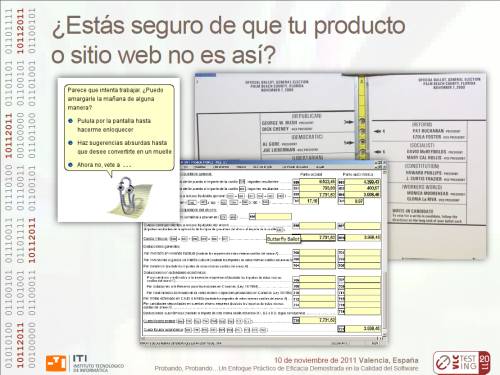 Rich Internet applications (RIA) (or ‘web applications’ as opposed to ‘web pages’) are very common nowadays; they may come from a standard web page that has been improved with extra functionalities, or from a desktop application that has been migrated towards a web platform. In any case, there are very few well-established standards for that kind of interfaces.
Rich Internet applications (RIA) (or ‘web applications’ as opposed to ‘web pages’) are very common nowadays; they may come from a standard web page that has been improved with extra functionalities, or from a desktop application that has been migrated towards a web platform. In any case, there are very few well-established standards for that kind of interfaces.
That’s why I have compiled a list of RIA-specific usability heuristics (or best practices) that may help when it comes time to develop or to evaluate a rich web application. They are not intended to fully cover all the aspects of the application, but to address issues specific of rich web interfaces; these heuristics should be a complement of more general ones.
As with the psychological usability heuristics, they are in the form of a Google Docs spreadsheet to make it easy to download or clone it for your own work.
RIA Usability Heuristics spreadsheet (Google Docs)
These are some of the sources I have used to compile the heuristics (thanks to them!):
- Usability for Rich Internet Applications (Digital Web Magazine)
- Minimizing Usability Risks in Web Applications (Blink UX)
- Staff Picks: 10 Usability Favorites for 2006 (Blink UX)
- Usability Heuristics for Rich Internet Applications (Boxes and Arrows)
What do you think of those heuristics? Do you know any other?

